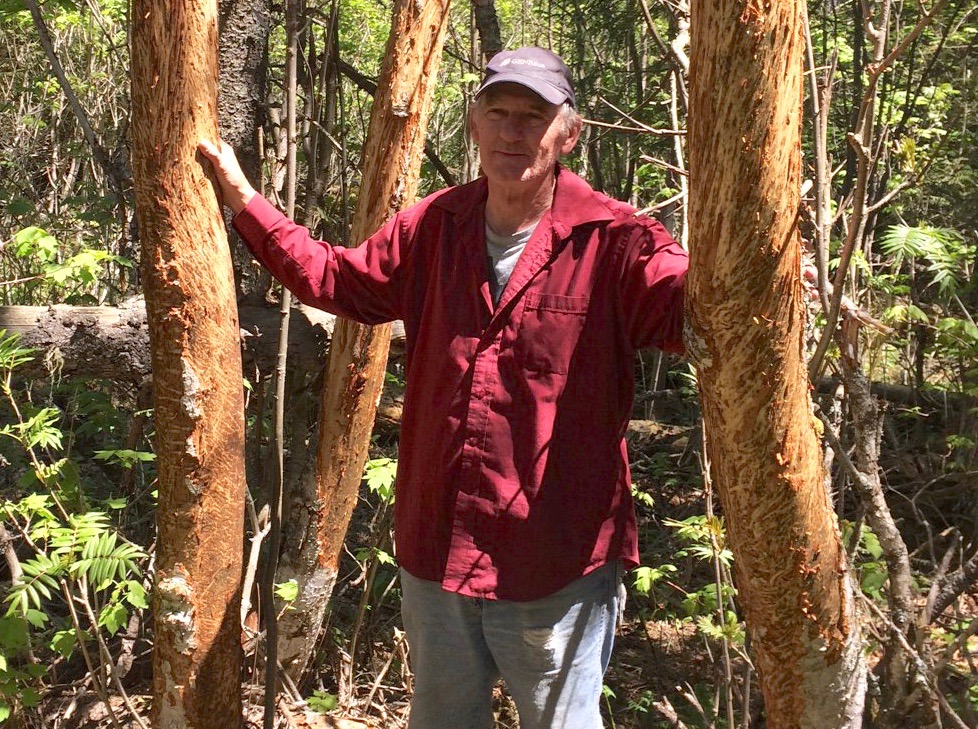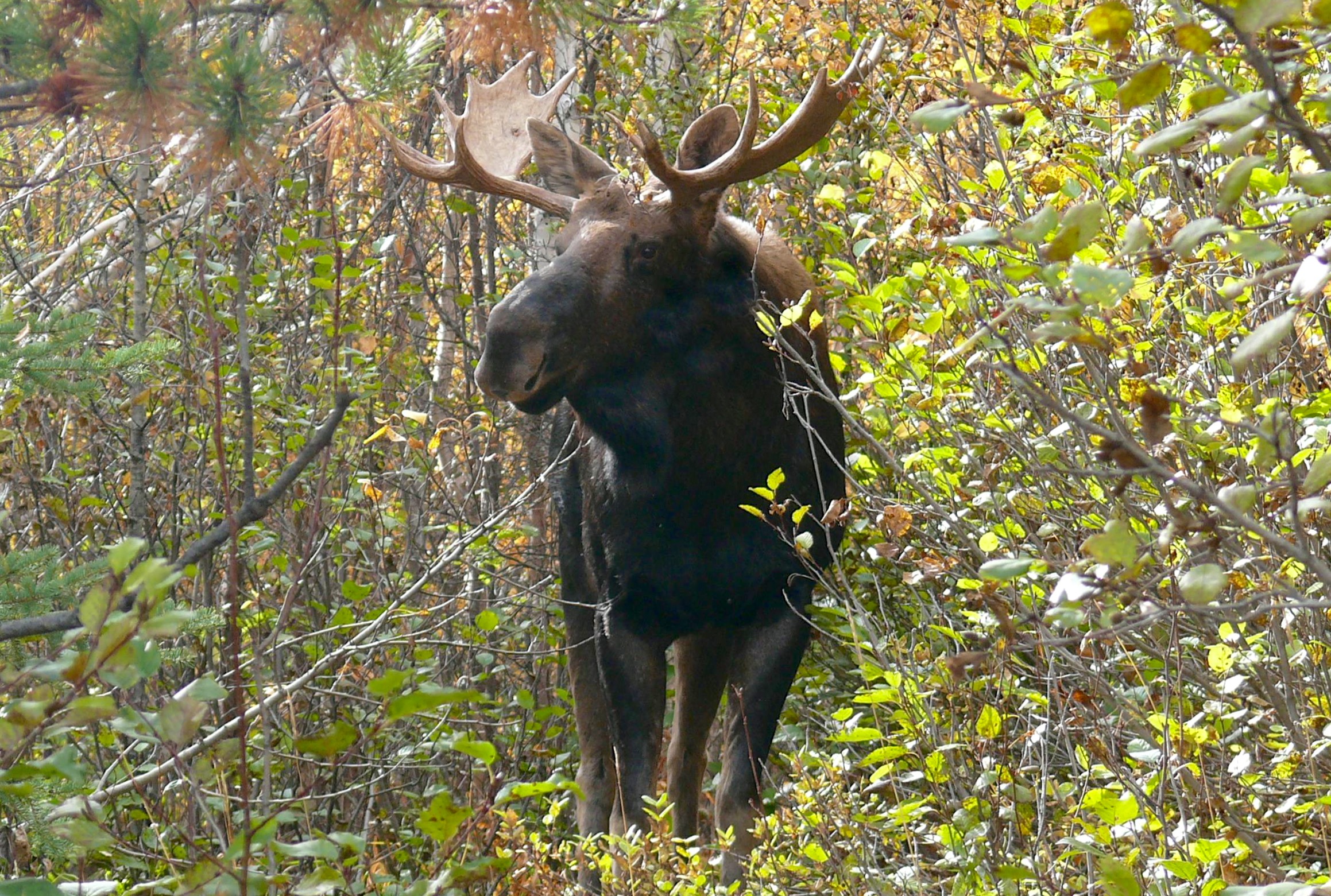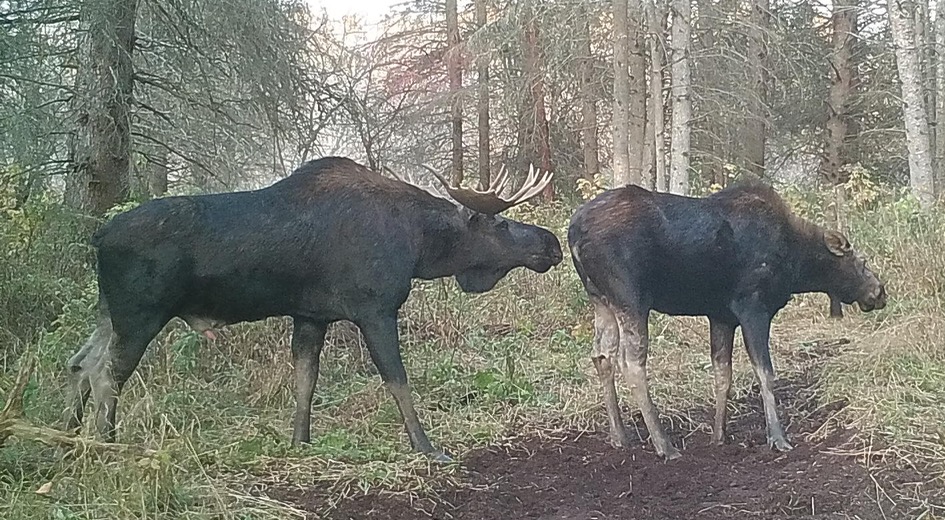Play fight
When a bull moose answers your cow calls but won’t come in, seal the deal by pretending to be a competing intruder
Advertisement
Where to set up
When selecting a spot to set up and call from, concentrate on locations near water. Bulls follow familiar trails when responding to other moose, so a water crossing can be an especially good spot. You also need to scout for rut sign, including tree thrashings (above) and rut pits, and other concrete evidence that moose inhabit the area, such as tracks and scat.
Advertisement
Scouting for fresh rut sign should be done in late August and early September, when bulls are removing the velvet from their antlers by thrashing and raking willows. Search the edges of wetlands for willows with bark scraped off, and dry, brown leaves barely clinging to the branches.

The width of the thrashing can give you some idea of the bull’s antler spread, but keep in mind that moose turn their heads side to side as they thrash. Also, what might appear to be a tree thrashing from a previous rut could actually have been caused by a bull trying to break off an antler in the early winter.
Rut pits are another great indicator that bulls are present and preparing to mate. Measuring one to two feet in diameter and six to 12 inches deep, these pits let cows know that bulls are in the area. And after urinating in a pit, a bull will douse his bell in the muddy mixture, making him smell attractive to cows.
Advertisement
For undeniable evidence that bulls are frequenting an area, set up a trail camera or two. If the cameras also capture photos of cow moose, there’s a high probability that some rutting behaviour will take place in the vicinity.


